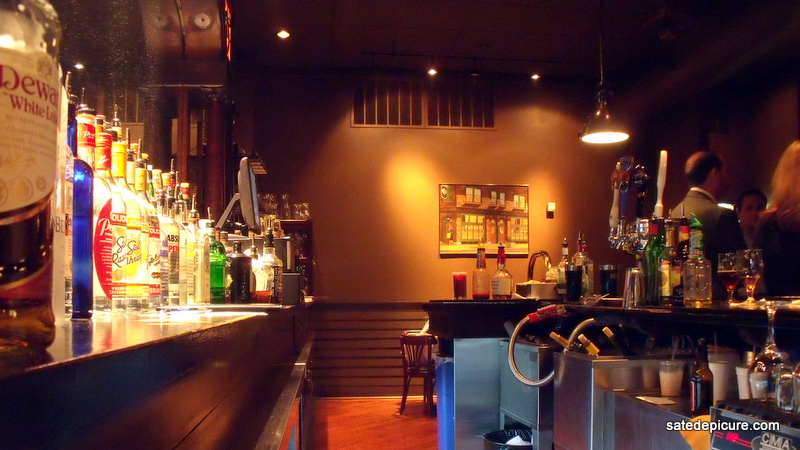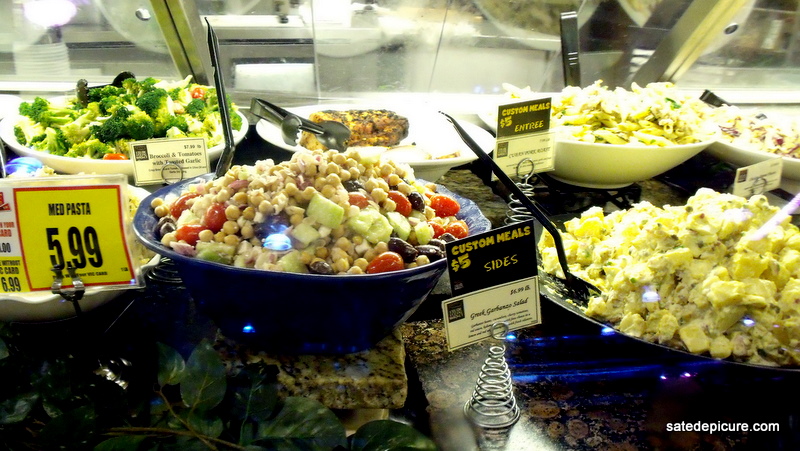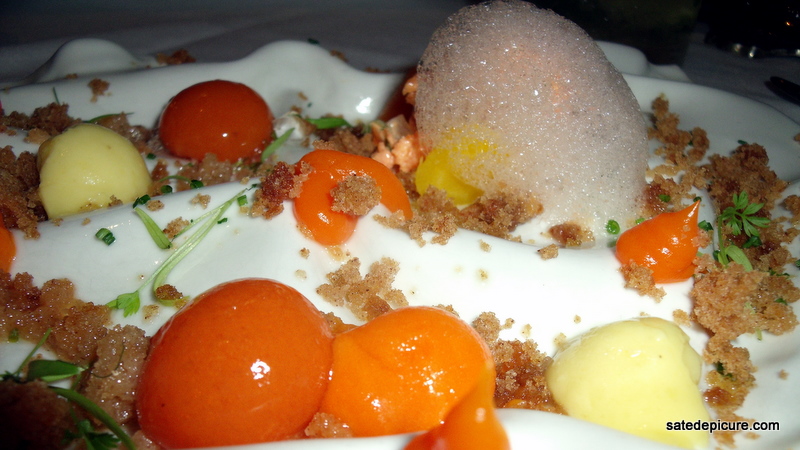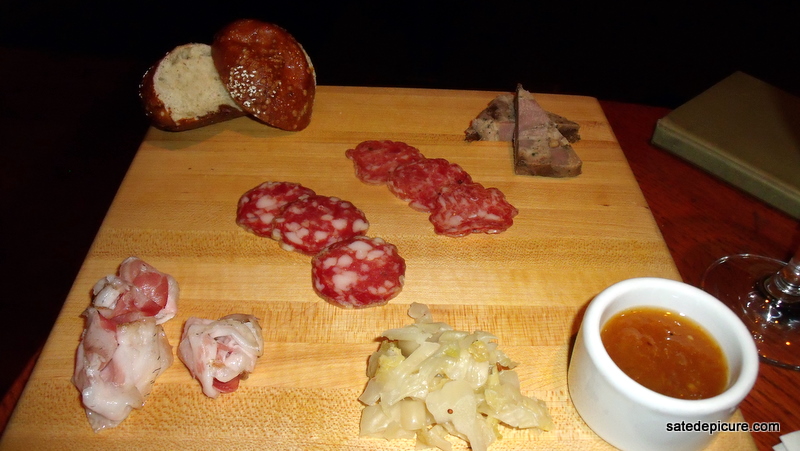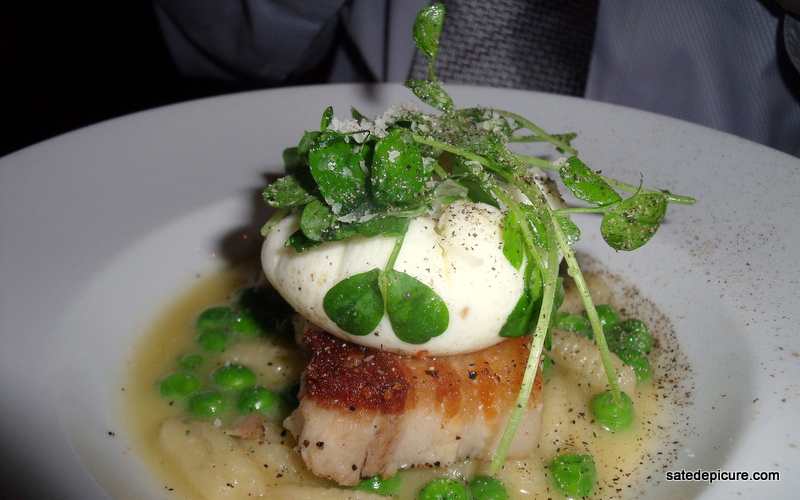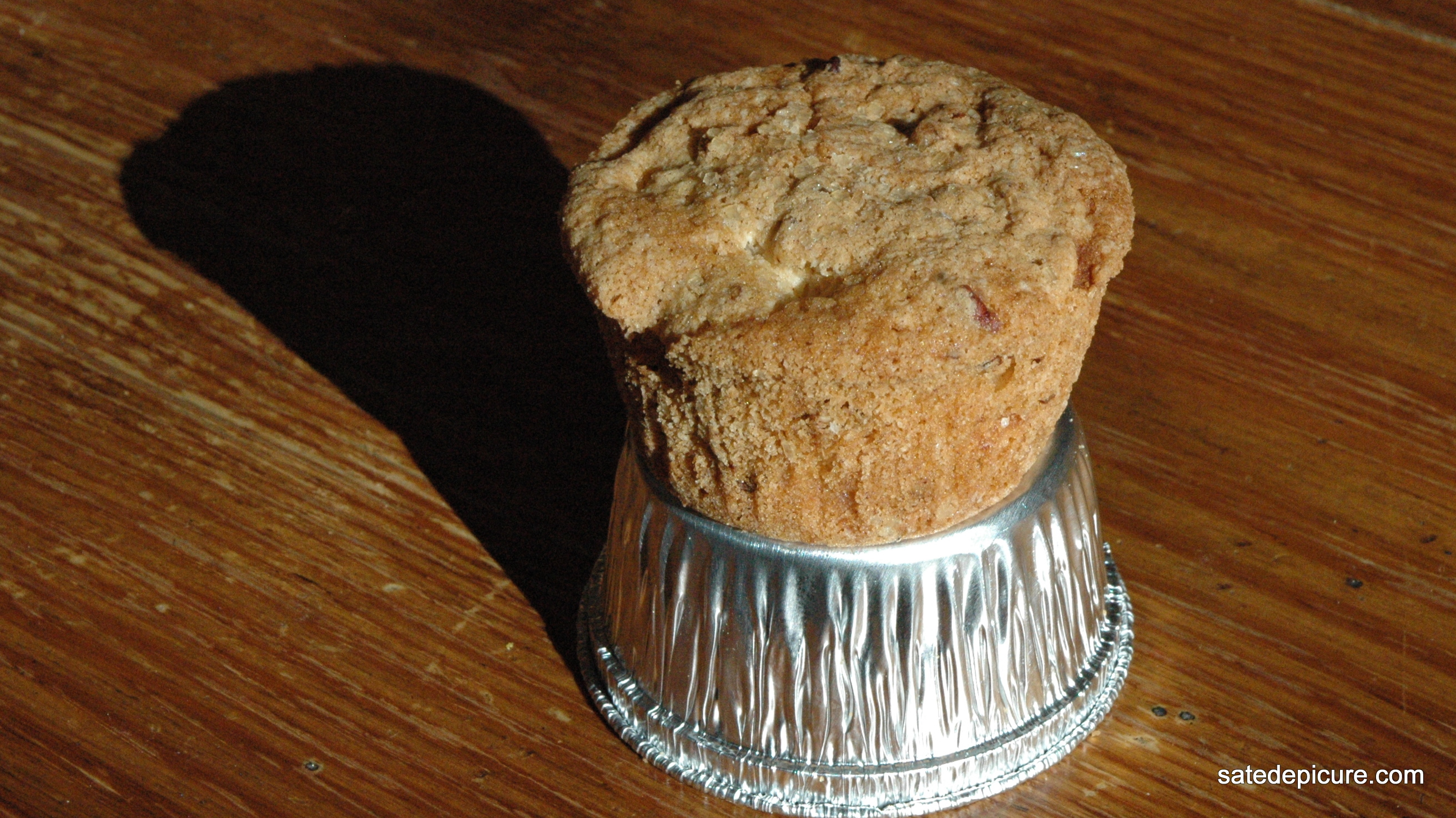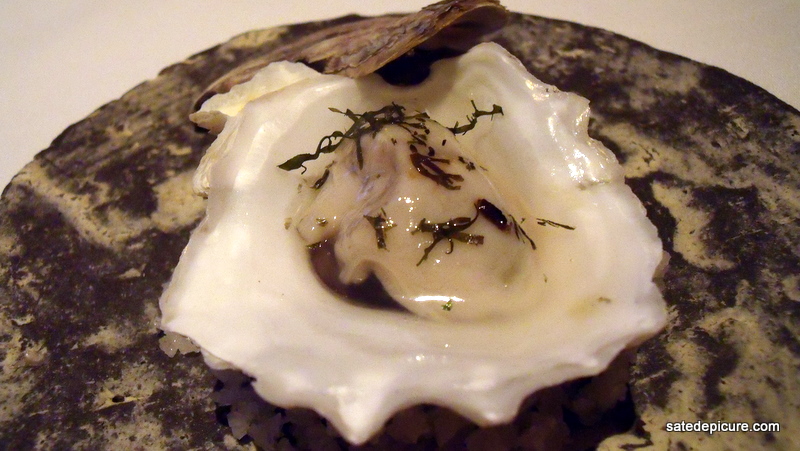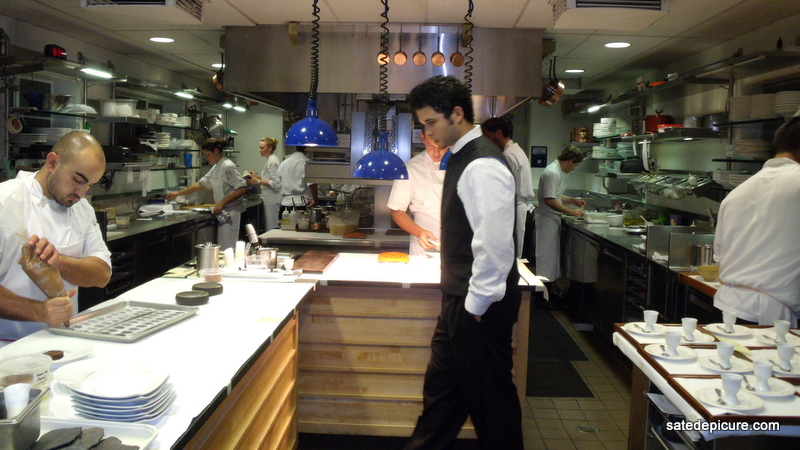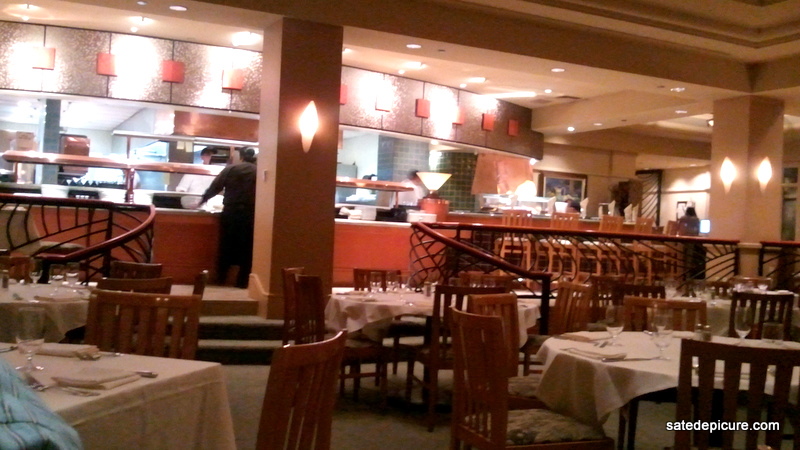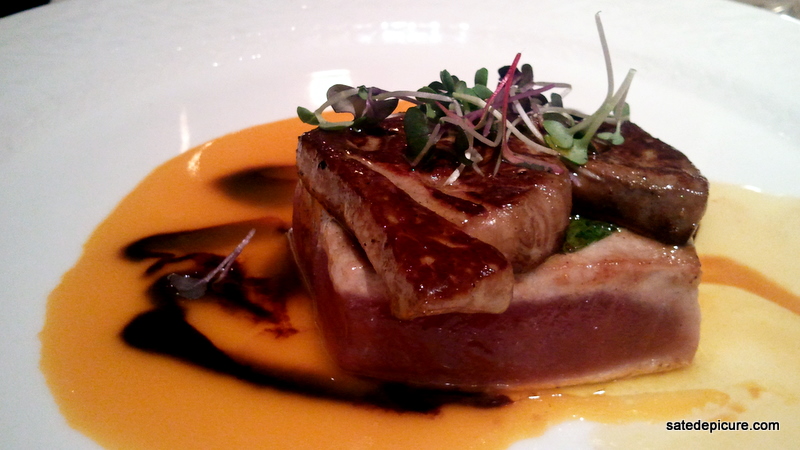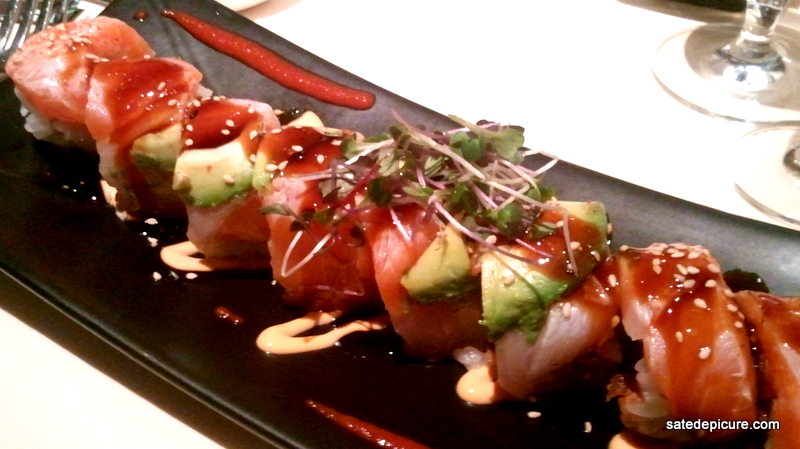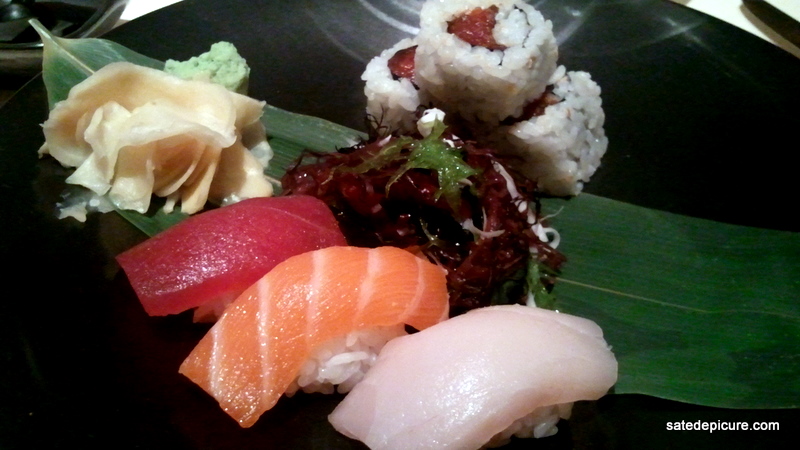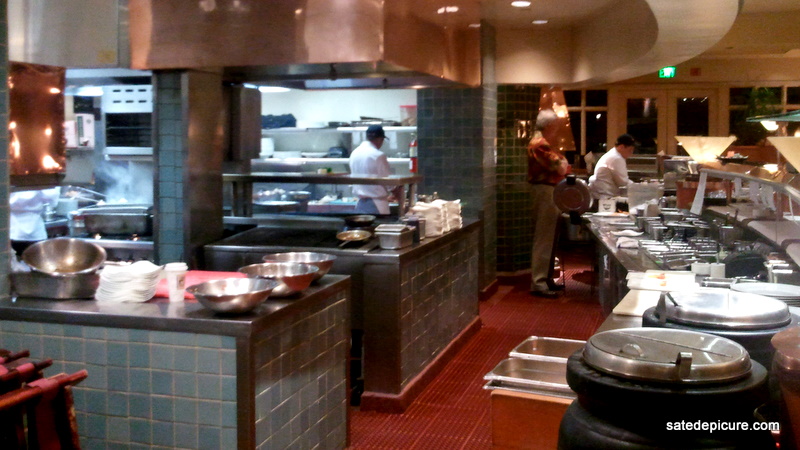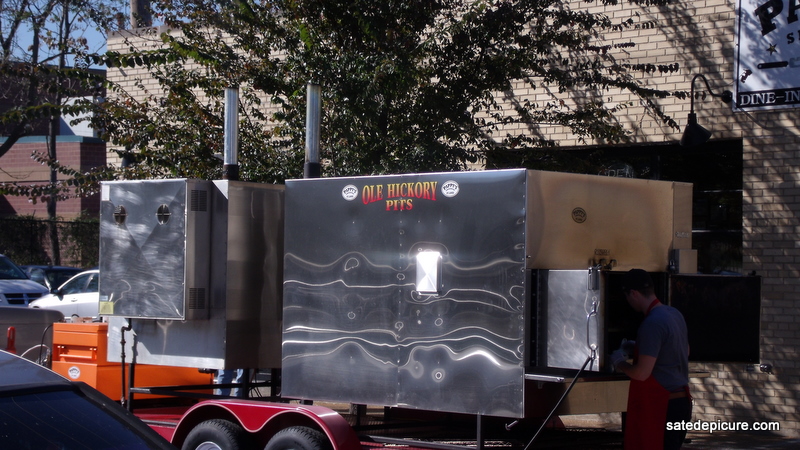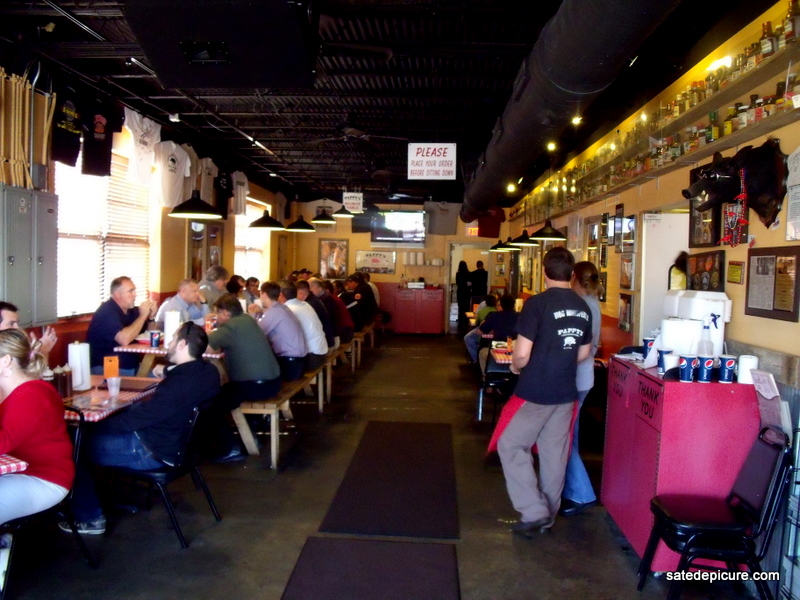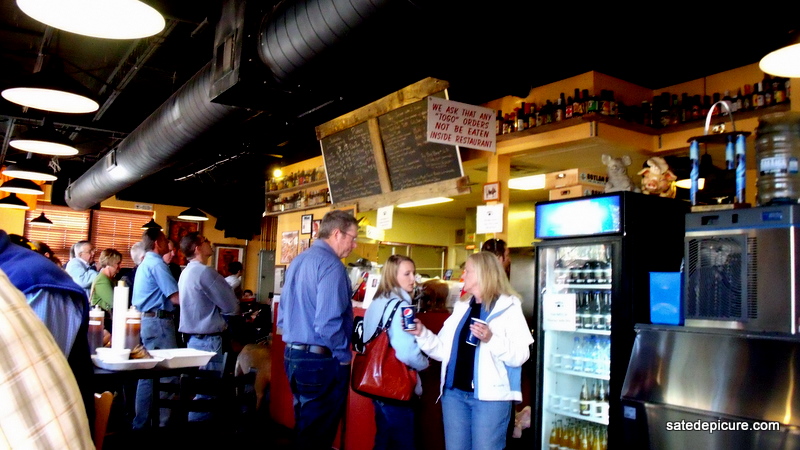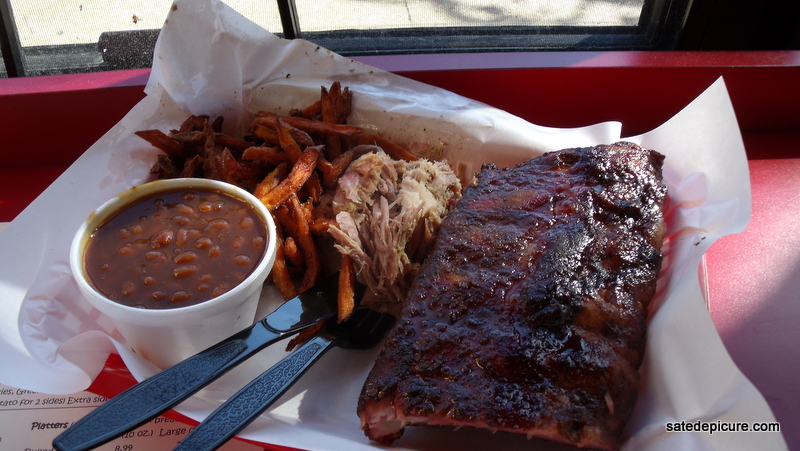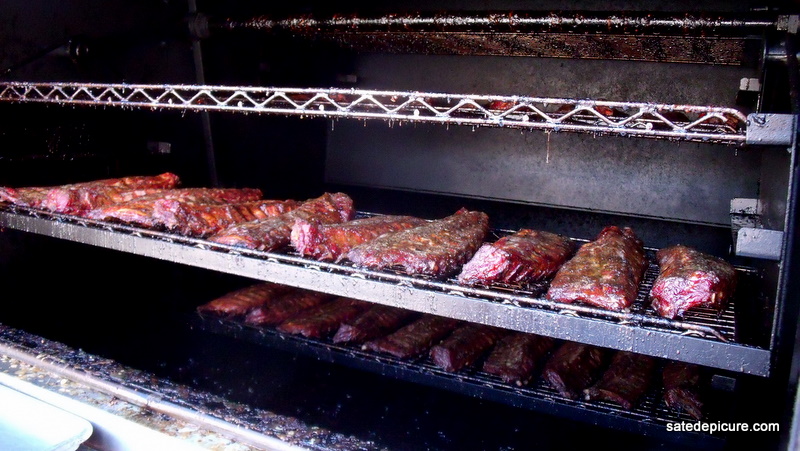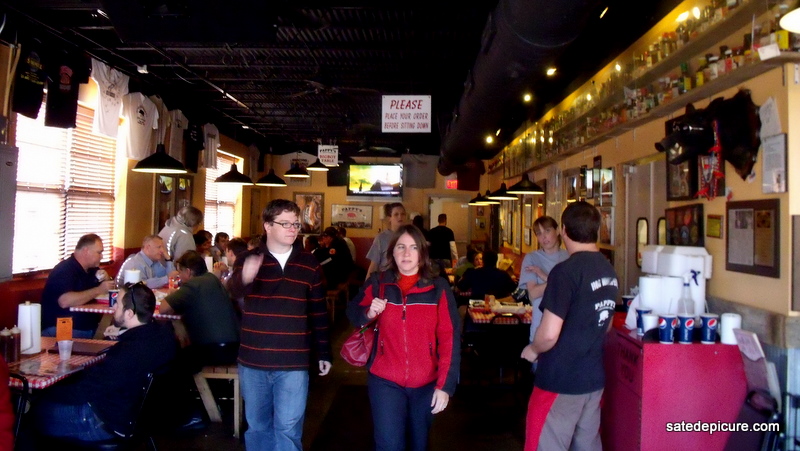
It’s 7:00 pm in New Orleans and I am in a cab headed to Stella restaurant over on Chartres Street. Darkness has settled over the French quarter and I am sensing a deep, mysterious vibe. There’s a mixed feeling and voice at night that penetrates these damp, gas-lit cobblestone streets. It’s one part raw unbridled lust, another part window into the soul, one part history like you find in a cemetery and a final dose of voodoo draped over like grey Spanish moss. The city, with all its wonder and complexity has aspects I deeply admire and corners that I can do without.
My eyes are wide shut as I exit a rather dangerous taxi ride and try to find traction on the slippery smooth cobblestones beneath me, my eyeglasses fogging over with condensation. It’s hot and damp and I wear the humidity heavy like a wet woolen sweater. My left foot partially slips into a puddle along the curb, acrid water splashing onto my cuff, and for a split second I can feel the quarter pulsating up through my shoes. The city is groaning in the dark; dripping wet foot, I am not sure whether it just licked me or spit at me. This is exactly why I love New Orleans; it has an edge like no other. The city is sentient with a complicated heart, thriving mind, and primeval soul. It reacts to my presence like an old friend and fights back if taken for granted. It can make you disappear, permanently if not careful, but it can also save you and shroud you in grace. This isn’t a passive city on the decline it’s a living breathing entity that thrives despite its bouts with disaster. It’s like a person who has aged, been to hell and back more than once, hardened to a sinewy core, and used the experience to focus on what’s important. I sense all these emotions in a flash as I step up onto the curb.
On the sidewalk now with eyes open, my vision tightens into focus like the aperture of a camera lens. Stella is literally within arm’s reach, its soft second story lanterns misting light down to the street below. If I go one block over and turn the corner onto Bourbon Street, the wave of energy there, both good and bad, would drown me. But here on Chartres Street, I am in a balanced part of the quarter where the vices are offset with virtue in both commercial and human form. Stella stands as an oasis; a safe port of call out of earshot of the same ancient sirens, now on Bourbon Street, that nearly drove Odysseus to insanity while lashed to the mast. The sirens on Bourbon Street I can do without, instead I take safe haven in Stella in the care of chef Scott Boswell. My reason for being here is food, another vice of sorts but one balanced with great virtue as well.
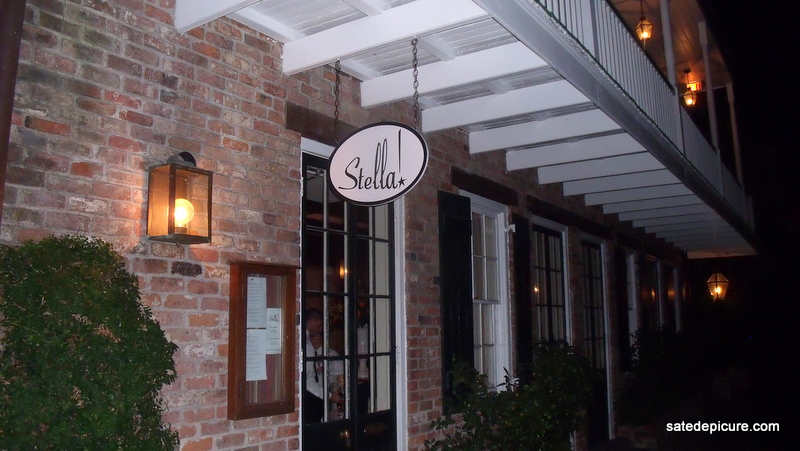
Stella is located in a historic looking two story brick building that looks like it was once a warehouse or a hiding place for pirates. There’s a wide balcony on the second floor that runs the perimeter of the restaurant and a series of six over six windows that run along the lower level. The main entrance has a double French door leading to a maitre d’ station just inside and a wooden box outside with glass front displaying the menu.
Entering, I notice exposed thick beams showing through the ceiling lending a rustic feel to an otherwise classically decorated formal dining room. With high-back chairs upholstered in cream colored leather, marble topped side tables with gold colored rococo legs. The dining room is well appointed and refined.
Of all the restaurants I visit on this trip, Stella is the one that I planned ahead and called for a reservation. Chef Scott Boswell is popular now and his other restaurant Stanley is getting some good press too. After a minute or two I am seated and a server approaches and hands me the menu. I order a tequila Mojito and study the menu while my server runs to the bar. He’s an affable guy in his late twenties. He knows the menu, has a great table-side manner and sets a tone of relaxation and care. My first impression is that Boswell is smart about how he hires his servers. We are off to a good start.
Boswell is known, as New Orleans is as well, for the eclectic range of ethnic cuisines that influence his cuisine. It’s easy to spot Southeast Asian, Cajun, Italian, American, and Spanish influences on the menu woven with modernist cooking techniques. Somehow this range of flavors and options works well together; a compliment to Boswells talent. I place my order and finish my Mojito settling into the comforting and sophisticated dining room.
Stella attracts a distinguished clientele of two-tops and foursomes in proper evening attire with many men in suit coats and slacks. Women are properly dressed in classic attire as well although not overly formal. I like the old-school feel of a smartly dressed dining room. As I am studying the dining room, food starts to arrive.
The first course is a Pressed Melon Amuse Bouche with shavings of honeydew, cantaloupe and two small squares of sliced watermelon. Boswell sprinkles coarse sea salt, a drizzle of vinegar and dried Miso powder onto the plate. A simple combination of sweet (the melon), salty with umami (the Miso) and sour (vinegar). Delicious!
Pressed Melon Amuse
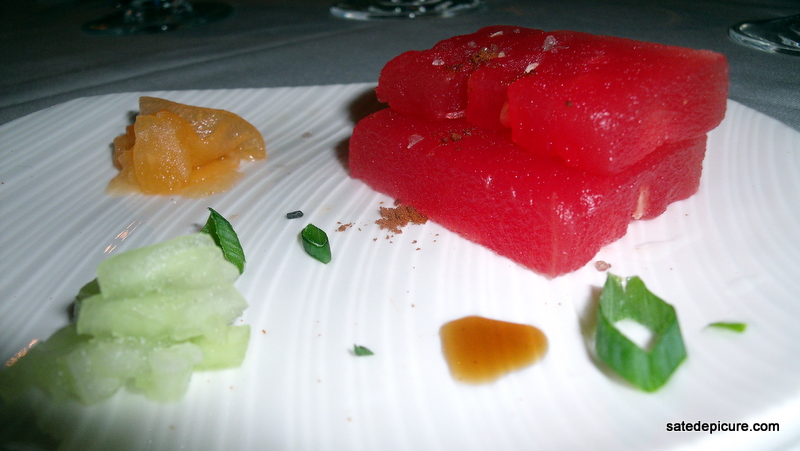
The next course is a delicate little piece of fried green tomato with house made remoulade sauce. The sliver of crispy tomato is served on a cocktail fork placed inside a tiny bowl lined with a dollop of sauce and shaved chive.
Fried Green Tomato bite with Remoulade
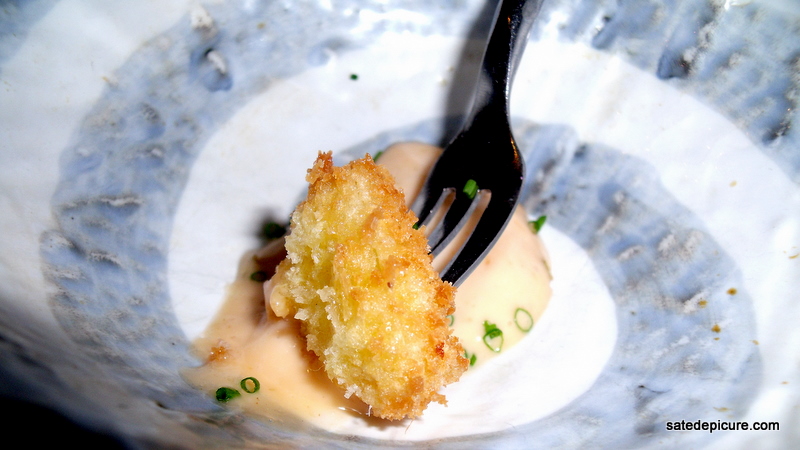
Lobster, egg and Caviar: Canadian lobster, local farm egg and American paddlefish caviar $24
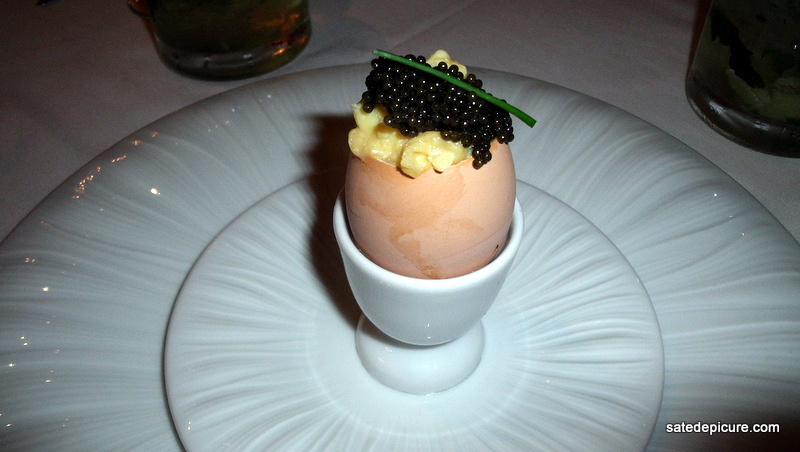
The lobster and egg with caviar is a surprising presentation with lightly scrambled egg with lobster placed into an eggshell and topped with caviar and chive. Although the chive is redundant and unnecessary the egg and lobster is sublime, beautifully cooked, tender, rich and delicious and the salty pungent flavor of the paddlefish roe a nice contrast. Pricey, but worth it.
Roasted potato and Parmesan gnocchi with Andouille sausage, tomato confit, sweet corn and caramelized maitake mushrooms $18
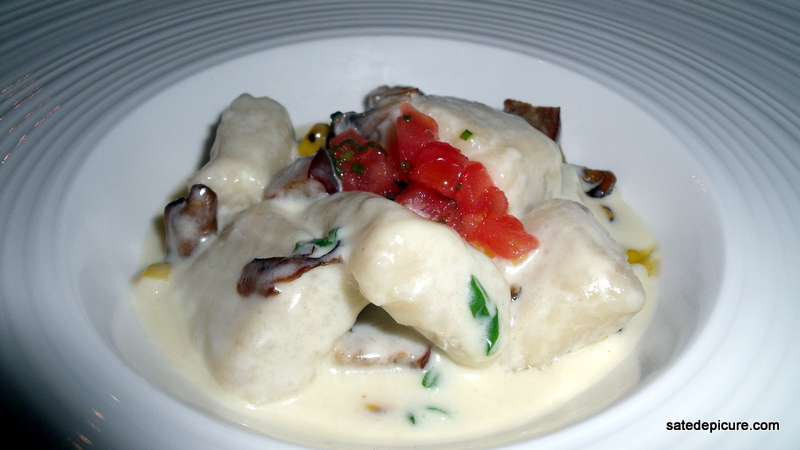
A hot dish of gnocchi is a favorite so long as the gnocchi are perfect and Stella’s gnocchi were good but not the best I have had. They were perfectly shaped, wonderfully sauced, and the presentation was outstanding but the gnocchi themselves were not as light as I like them.
A composition of Heirloom Carrots ~ Confit of baby carrots, carrot sorbets, carrot spheres, carrot cake crumbles, traditional carrot salad, petite carrot greens and sweet carrot cloud $15
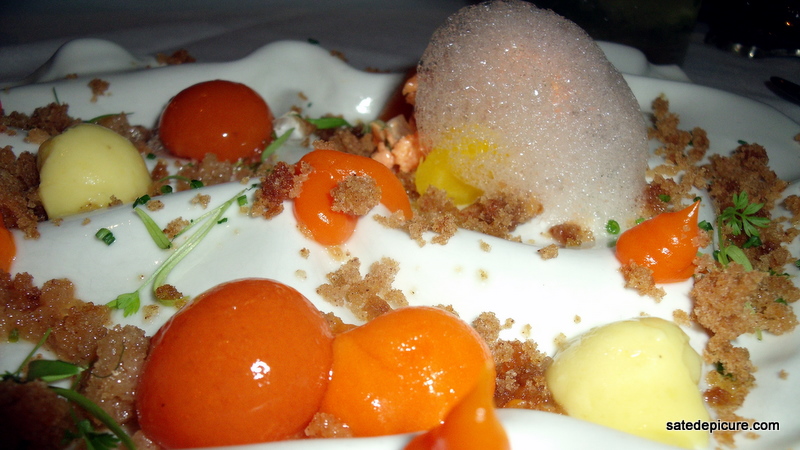
This dish was a mind-blower, a Pablo Picasso like study of carrots in multiple forms. I also love the fact that Boswell uses custom china for certain presentations like this one. The plate looks like a ceramic silk napkin spread out loosely on the table with peaks and valleys undulating across its surface. Varying types of carrot preparations are placed around each ridge, filling each crater.
Soup, Salad and Sandwich ~ Iberico ham grilled cheese sandwich, truffle potato puree and arugula, baby beet salad and 25 year aged balsamic $18
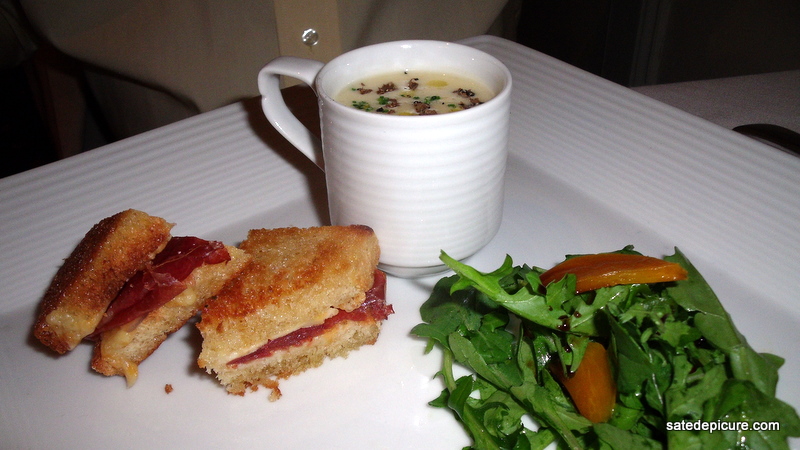
Pan Seared Georges Bank Dry Scallops and Shrimp with Truffle Andouille New Potato Hash and Caviar Butter $33
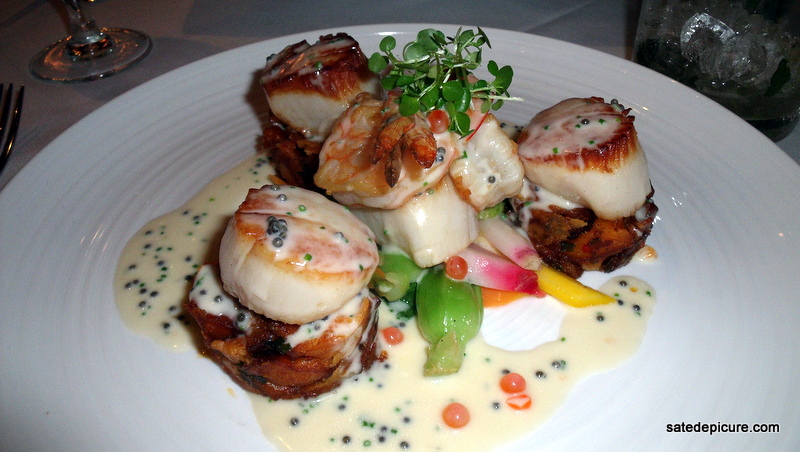
When I talked with Boswell about this dish, he described it as a signiture item that has never left the menu. Every restaurant has a dish like this; one that is mature and representative of the cuisine and philosophy of the overall restaurant. The dish was outstanding.
Miso and Sake Glazed Japanese Mero Sea Bass with Udon, Green Tea and Soba Noodles, Canadian Lobster, Blue Crab and Shrimp Broth $38
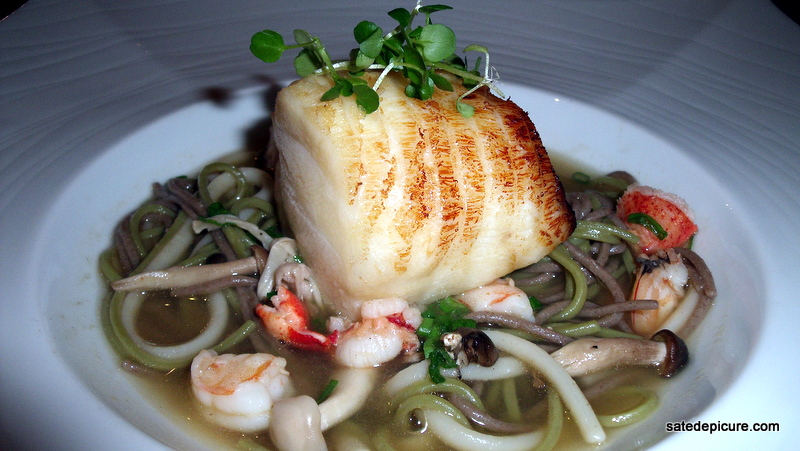
Bread Pudding with Crispy Banana
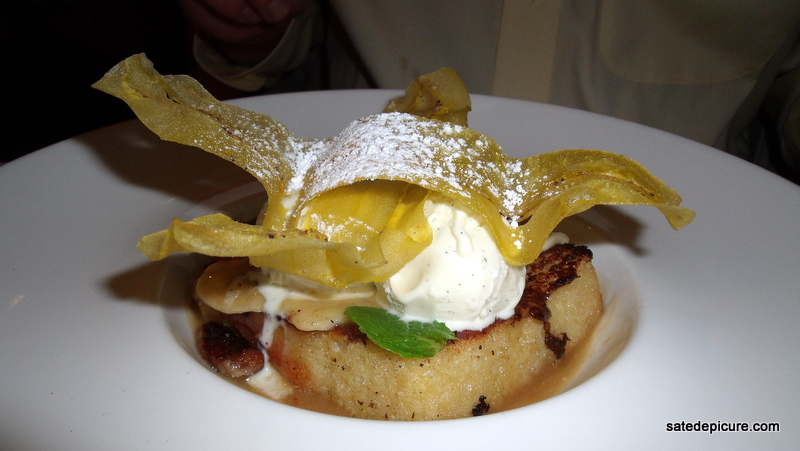
Composition of Chocolate
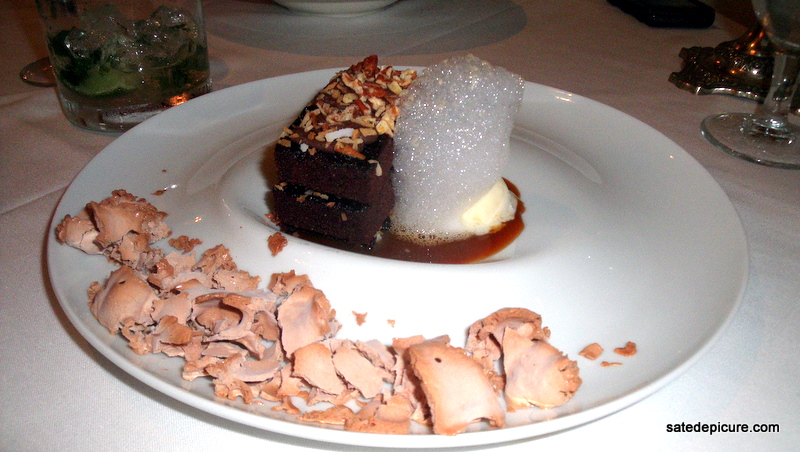
With a spread on Oysters soon to be published in Art Culinaire magazine, restaurant Stanley gaining popularity and the city of New Orleans undergoing a true rebirth, Scott Boswell is on the verge of being a nationally known chef. Stella is an outstanding dining destination and is representative of the “new” post Katrina New Orleans. Check it out.
Stella!
1032 Chartres Street
New Orleans, LA 70116-3202
(504) 587-0091
